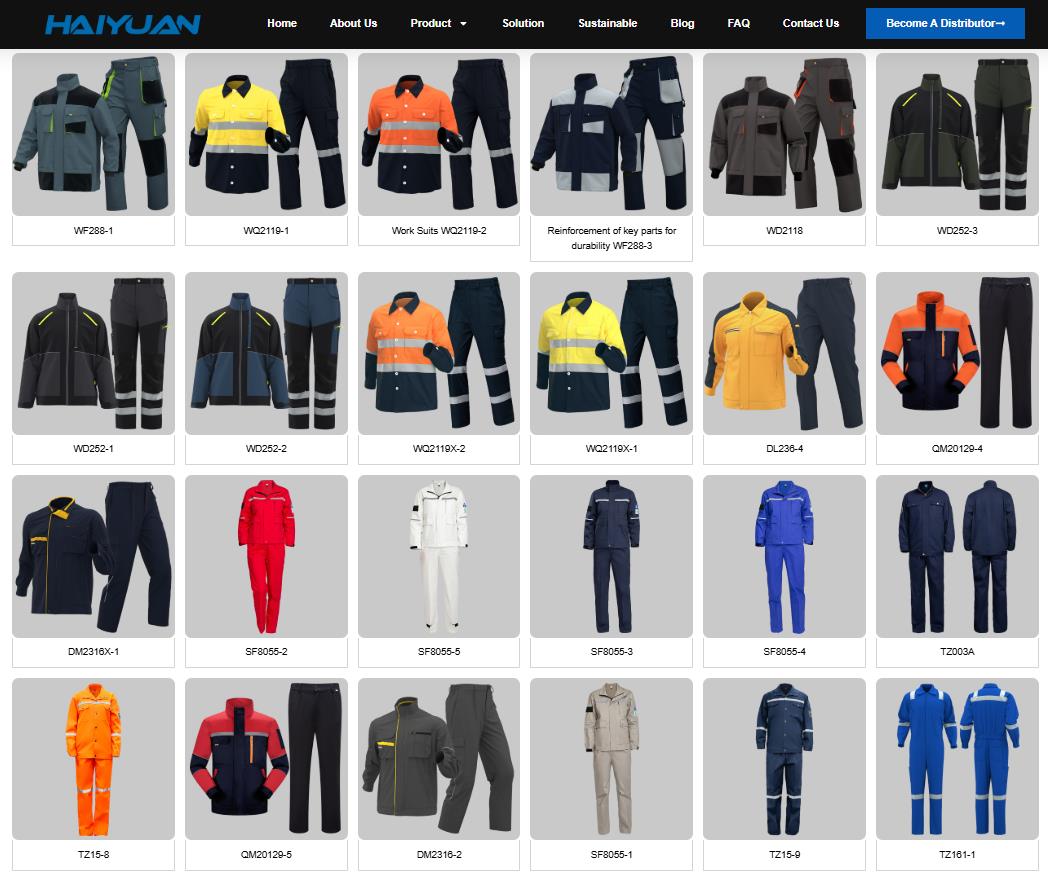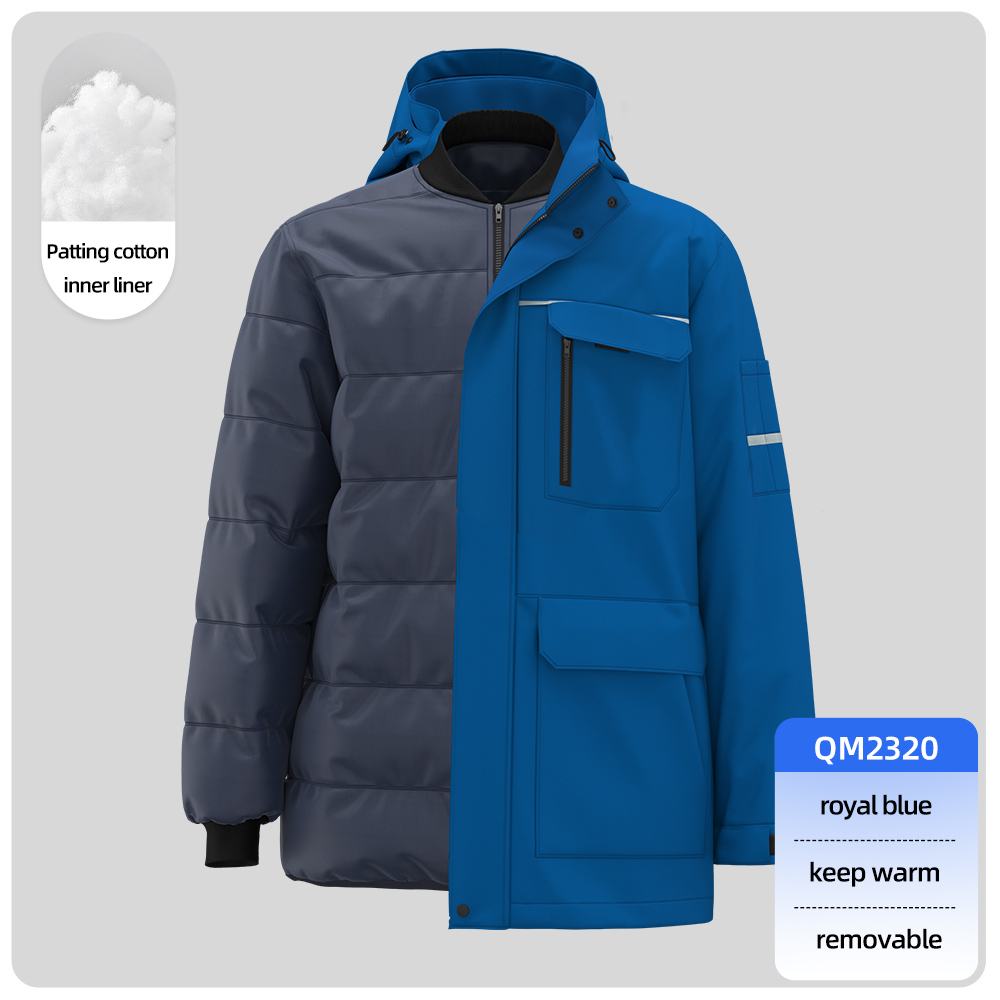This is a crucial distinction in workplace safety and procurement. While the terms are sometimes used interchangeably, they refer to different concepts with specific legal and functional implications.
Here’s a breakdown of the difference between PPE and workwear.
The Core Difference: Purpose and Function
The simplest way to understand the difference is by their primary purpose:
-
Workwear: Primarily provides durability, uniformity, and basic comfort. Its main job is to stand up to the wear and tear of a job and often to promote a company’s brand identity.
-
PPE (Personal Protective Equipment): Primarily provides protection against specific, identified workplace hazards. Its main job is to prevent injury or illness.
Think of it this way:
-
All PPE can be considered specialized workwear.
-
But not all workwear qualifies as PPE.
Detailed Comparison: Workwear vs. PPE
| Feature | Workwear | Personal Protective Equipment (PPE) |
|---|---|---|
| Primary Purpose | Durability, professional appearance, branding, basic comfort. | Safety. To protect the wearer from specific, serious health and safety risks. |
| Regulation & Certification | Generally not regulated by safety agencies. No formal certification is required. | Heavily regulated. Must meet strict government or international safety standards (e.g., OSHA, ANSI, NFPA, CE, EN). Products must be tested and certified. |
| Examples | * Standard company polo shirt * Non-FR cotton jeans * A basic branded jacket * General-purpose work gloves | * Hard hat (impact protection) * Safety glasses (impact/chemical splash) * HI-Vis Vest (ANSI 107 certified) * Steel-toe boots (ASTM F2413 certified) * FR Coveralls (NFPA 2112 certified) |
| When is it Used? | Worn daily as a standard uniform for all employees in a role. | Worn when a specific hazard is present that cannot be eliminated by other means. |
| Selection Basis | Chosen for fit, comfort, brand colors, and general durability. | Chosen based on a hazard assessment of the specific task. The protection must match the risk. |
| Employer Responsibility | To provide suitable clothing for the job and environment. | To provide, maintain, replace, and train employees on the correct use of PPE. It is a legal requirement. |
The Overlap: When Workwear Becomes PPE
This is where confusion often arises. Some garments are durable workwear that are ALSO certified as PPE because they are manufactured to a specific protective standard.
Examples of this overlap:
-
Flame-Resistant (FR) Clothing:
-
As Workwear: A company might issue FR shirts and pants as the daily uniform for all refinery technicians.
-
As PPE: Those same FR garments are certified to NFPA 2112 and serve as critical PPE to protect the worker from flash fires. This is their primary purpose.
-
-
High-Visibility (Hi-Vis) Apparel:
-
As Workwear: A road crew might wear hi-vis t-shirts every day as their uniform.
-
As PPE: Those hi-vis shirts are certified to ANSI/ISEA 107 and are legally required PPE to protect workers from being struck by vehicles in low-light conditions.
-
-
Winter Jackets & Rain Gear:
-
As Workwear: A water-resistant jacket keeps a construction worker dry and comfortable (workwear).
-
As PPE: If that same jacket is also ANSI-certified for high visibility, it functions as PPE by making the worker seen in the rain.
-
Key Takeaway
The difference is not necessarily the item itself, but its intended purpose and, most importantly, its certification.
-
If a garment is designed and certified to a specific safety standard to protect against a hazard, it is PPE.
-
If a garment is simply durable and appropriate for a job but lacks any safety certification, it is workwear.
Why does this matter?
For employers, confusing the two can have serious legal and safety consequences. Using a non-FR cotton hoodie near flash fire hazards, or an uncertified hi-vis vest on a road crew, fails to provide the required protection and leaves the company and employee at risk. Always base clothing decisions on a proper hazard assessment.





